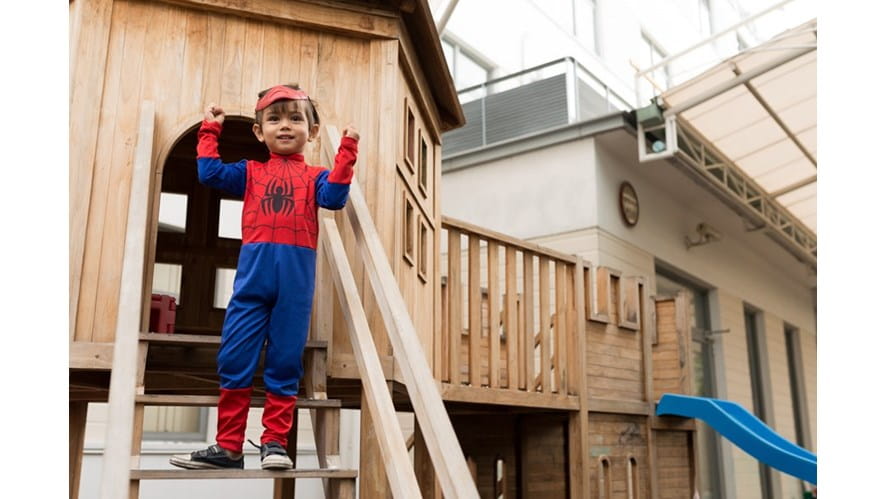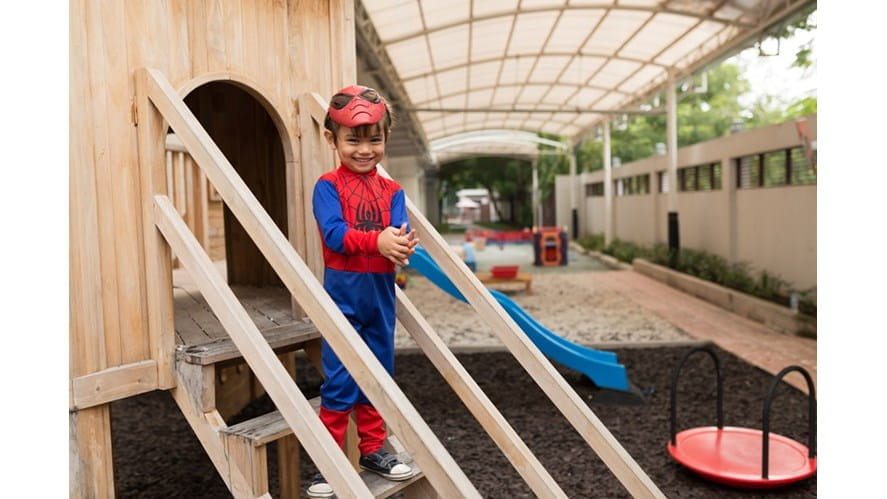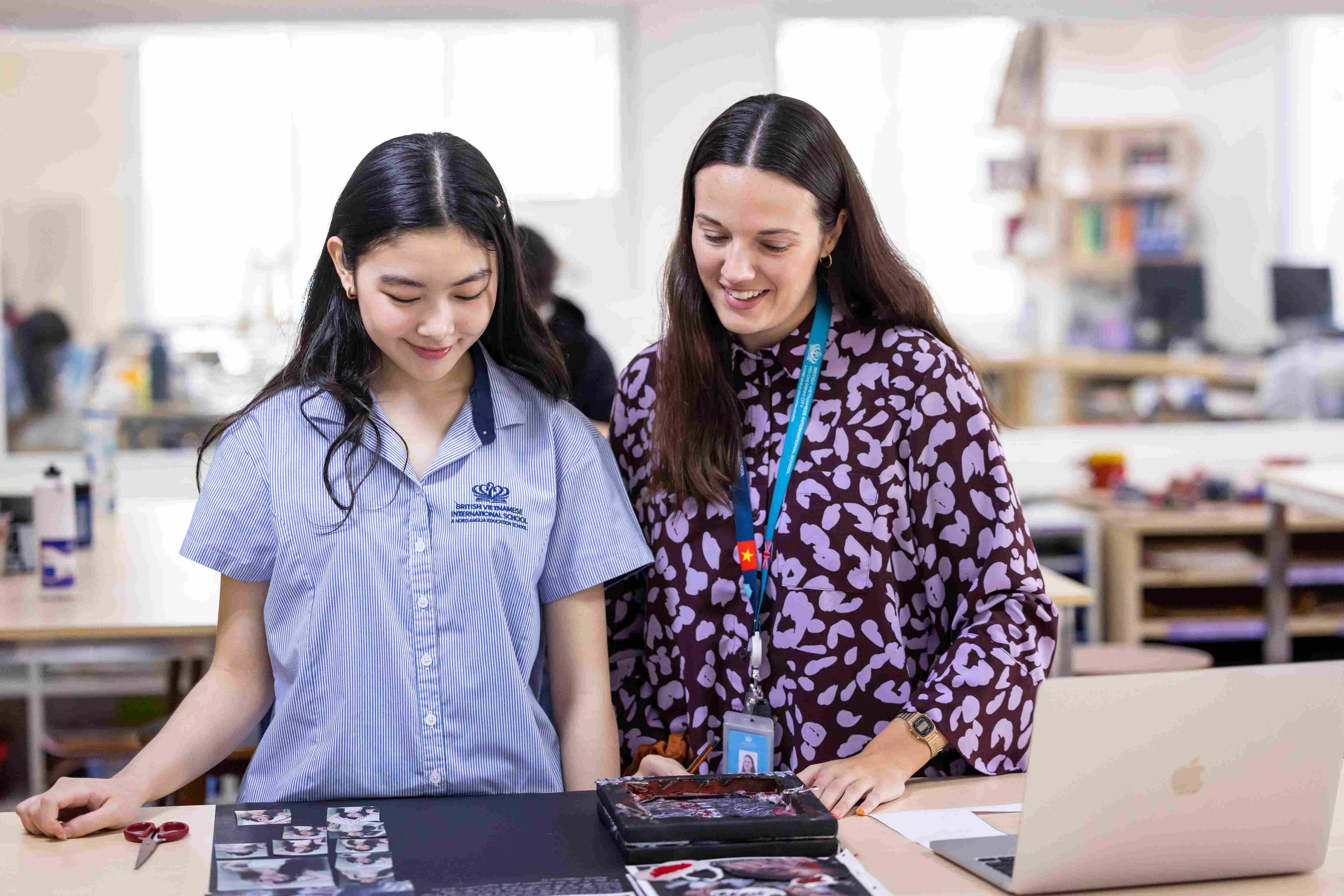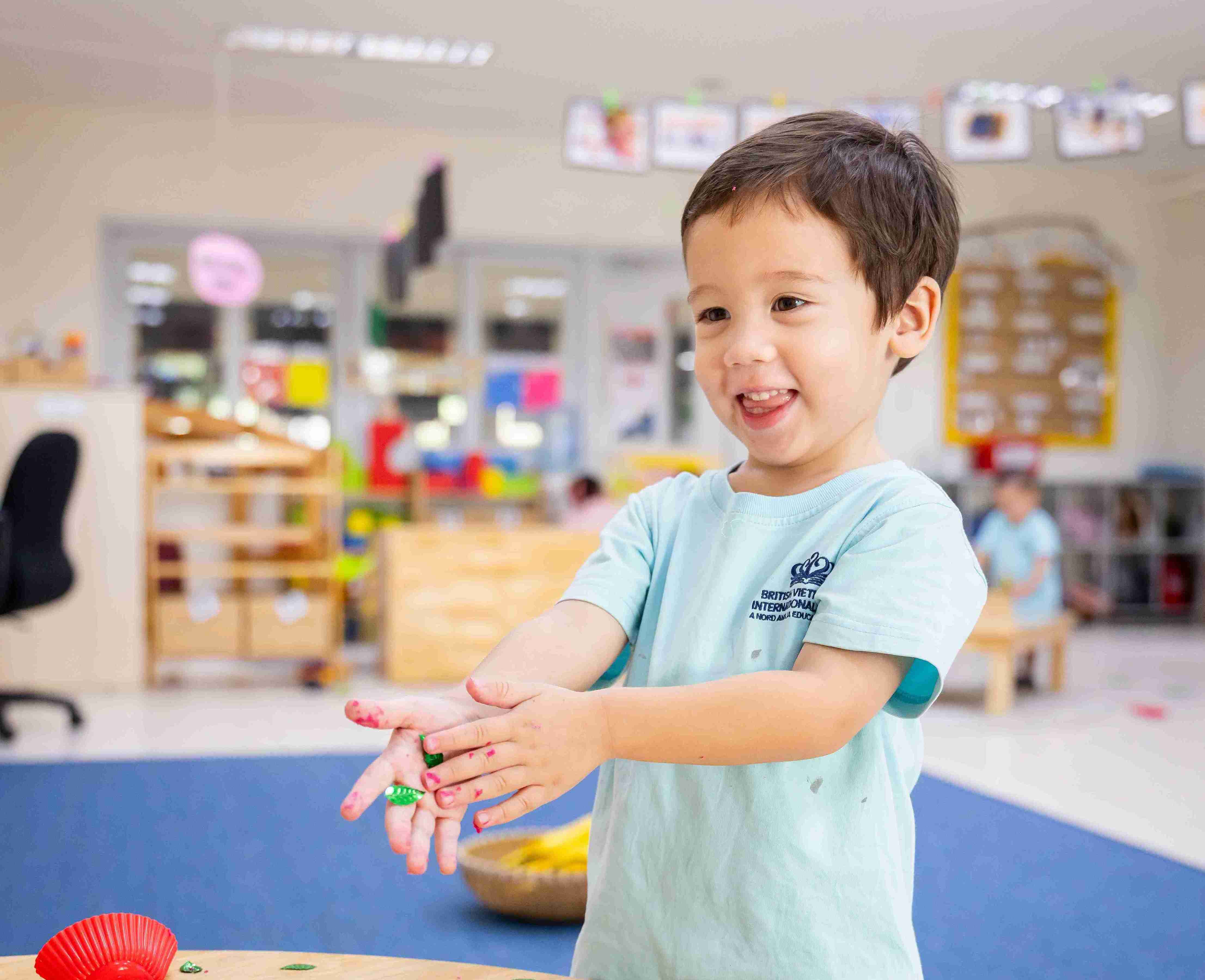Development of Babies and Toddlers - Two to Three years The time between 24 and 36 months is often known as the “terrible twos” but this is not a very helpful way of describing the emotional roller-coaster little ones are on. Being emotional is a perfectly natural part of growing up and it becomes more evident as your child is showing increased independence.
The time between 24 and 36 months is often known as the “terrible twos” but this is not a very helpful way of describing the emotional roller-coaster little ones are on. Being emotional is a perfectly natural part of growing up and it becomes more evident as your child is showing increased independence. Your toddler’s emotions are easily visible, including feelings of frustration. H/she wants to do things when h/she wants to. Be patient and sensitive in your response and build in extra time so you aren’t trying to rush. Try to go with the flow rather than battle with them. Your toddler at this age is an active explorer who constantly is asking “what?” and “why?” questions and uses what h/she already knows to solve problems. You will see them staring for long periods at an object – trying to discover how it works and what it can do. Blossoming language skills are obvious. Their talk makes sense to them and the people that know them yet they still need some help in structuring what they want to say. This is a time when they are very good company with a sense of humour and understanding a lot of what you are saying.
Well-developed children of this age should display the following:
• Associating and playing with their friends
• Getting familiar with the support of parents or acquaintances
• Recognising that some actions can hurt others
• Being capable of running, jumping and handling objects
• Self-feeding by using their spoon and causing no spillage while drinking
• Understanding complicated sentences such as: "Let us move your toys away and read books together"
• Learning new words quickly, and saying simple sentences like: "My Mummy went to work!"
• Repeating words or phrases in stories they hear
• Developing their ability to write, whereby they can distinguish different pen strokes
• Reading simple numbers, counting till 10, and comparing numbers by identifying their order
• Recognising and being able to name simple shapes
• Knowing to turn on/off on simple electronic devices
• Singing their favourite songs
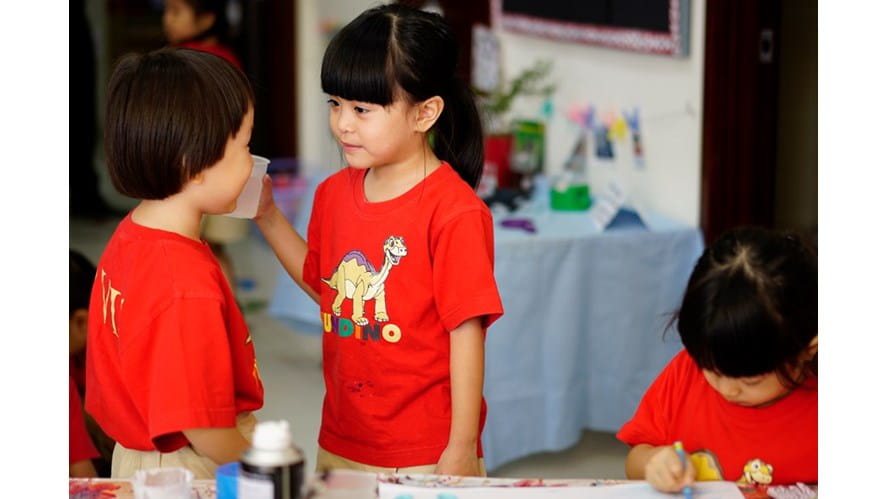
Parents can build a positive relationship and bond with their children by:
• Guiding them how to play with their friends by introducing some general rules such as listening, compromising, and treating others fairly
• Encouraging them to communicate with adults to develop their confidence
• Teaching them how to help and protect other people instead of hurting them
• Teaching them how to notify an adult if they have needs: eating, drinking, resting, feeling sick
• Describing actions they are doing with words: “Let's set the table! Firstly, please take your spoons and forks..."
• Teaching them how to write letters by writing strokes and describing them
• Teaching them how to count by singing songs that involve number counting
• Using words describing shapes and sizes when playing with them such as: small, large, round, square, heavy, light
• Explaining to them the importance and role of family members, relatives and friends
• Telling them stories about landmarks and travels, so that they can acquire new knowledge about their environment
• Helping them to play electronic toys, such as small organs or electronic keyboards
• Encouraging them to listen to music and dance to the music freely
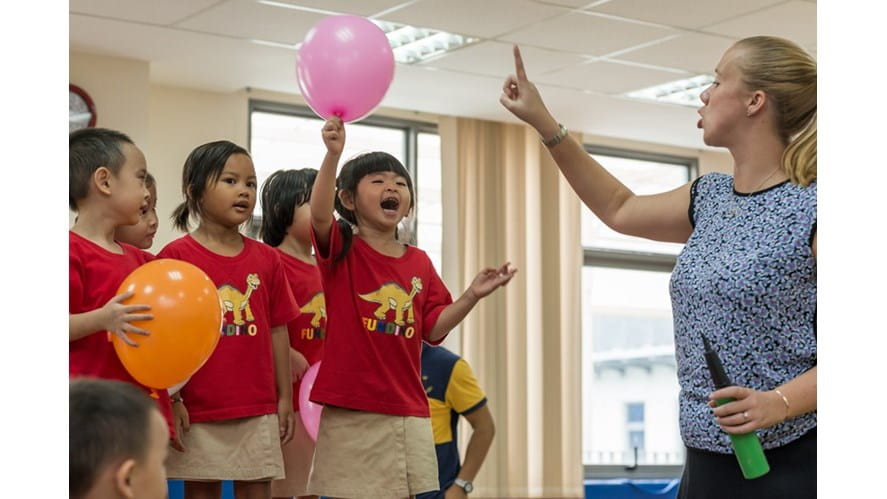
To create a positive, stimulating, and safe environment for your child:
• Create a space for them to sit and chat with friends, bringing a ball for them to play to encourage collaborative play
• Help them to recognise walking surfaces such as flat land, mountains, grasslands, gravel, slippery floors, soft carpet, etc. so they do not tumble
• Let your child take drinking water, self-feed, self-select stories to read, arrange toys in baskets and water the trees
• Let them cook or do an activity with you, and then instruct them by describing specific steps
• Create a reading area for parents and children to read together
• Put things they love in front of them and explain to your child the concept of cardinal numbers
• Collect art reproductions and use them to describe shapes to your child, teaching them to look actively, and learn to distinguish different objects
• Let them play with equipment and technology that is safe for them
• Attend concerts with your child to let them experience and enjoy live music
• Provide your child with objects illustrating stories that they often tell and want to be told
